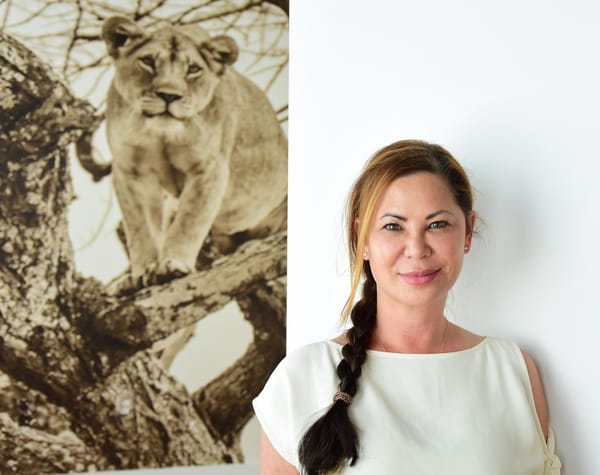
Tracy Huling began using her background in public policy, filmmaking, research and analysis three years ago to found and direct the Prison Public Memory Project in Hudson. Its aim is to use storytelling, new media and research to tell the story of the Hudson Correctional Facility, which was known as the NY State Training School for Girls from 1904-1975 and before that the House of Refuge for Women from 1887-1904. My father was in the public health service, so we moved every two years or so and I’ve lived all over the country. After college, I moved with a friend to NYC and ended up living there for 12 years. At one point I went to Europe and lived in rural France for a while, and when I came back I realized I was done with city life; I wanted to live closer to nature. Eventually I was offered a job as director of public policy at the Correctional Association of NY, which is a statewide advocacy and public policy group based in Albany. I bought an old farmhouse in Freehold, NY that included a bunch of falling down buildings and a barn. My dreams came true in this house. I met my husband and it turns out there is enough space here for two very independent people. My husband, Thomas Teich, is a photographer and he converted the barn into an office and gallery space. When I left public policy and moved into filmmaking, there was room here for my film editing office.

After moving here, I realized that the two prisons in Greene County are the major employer in the area. I wanted to understand the phenomenon of the spread of incarceration across rural American communities. The drug war in the 1970s produced a prison-building boom across the country and across upstate NY. People wanted prisons to be built in their communities because they were desperate for jobs due to the farm crisis and the loss of manufacturing. There became no options for jobs paying family wages. I examined these issues in my film, Yes, In My Backyard. When touring with the film, I really enjoyed the conversations with people after the screenings. It made me realize you could create opportunities for people to talk about social issues by making film instead of just writing papers. If you move people emotionally, you can really get them into deeper, more meaningful reflection. People care about other people. I started the Prison Public Memory Project three years ago in Hudson as an experiment. It combines history, art and the Internet to tell stories. I was interested to know why we have so many prisons and what their impact on society is – on the communities, the people who work there and the people who are incarcerated. How have prisons evolved over time? How are communities dealing with prison closures? I thought Hudson was a great place to focus on because there are so many creative people of all ages here. I wanted to capture these untold stories before they went cold. For instance, there are no women’s prison museums or places you could go to learn about women’s incarceration. To learn more about the Prison Public Memory Project, go to the website and keep an eye out for an April fundraiser and a fall exhibition.








